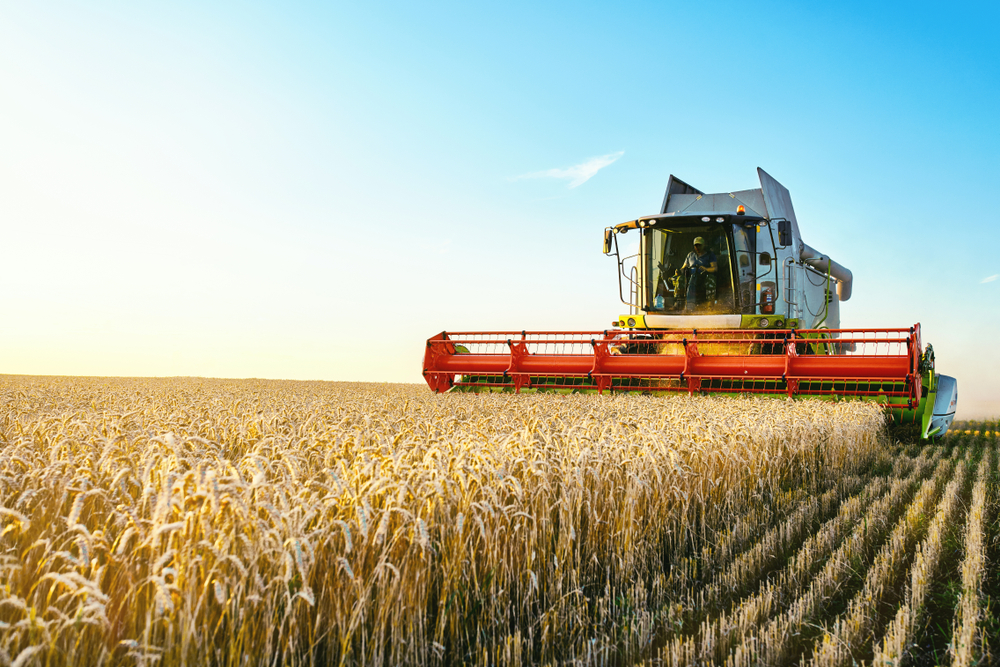What’s ahead for the sugar, dairy, grain and oilseeds, livestock and poultry and cotton sectors.

The USDA anticipates a year of moderate to strong growth across many commodity sectors, with generally strong prices and high levels of exports, even as global conditions remain uncertain.
The 2022 Commodity Outlook reports, released last week, focused on sugar, dairy, grain and oilseeds, livestock and poultry and cotton sectors, both in the US and globally. The outlooks were presented at the annual Agricultural Outlook Forum, and USDA chief economist Seth Meyer acknowledged they were calculated prior to Russia’s invasion of Ukraine. However, Meyer said the previous unrest between Ukraine and Russia had already elevated prices for wheat.
Meyer said all commodity sectors will be dependent on spring weather this year, as there is strong global demand for US products and generally tight markets.
While the outlooks differ based on sector, all acknowledged the COVID-19 pandemic and how it changed the market in 2020 and 2021. In particular, the dairy and livestock sectors are still recovering from labor and logistics issues over the past two years and may notice the biggest shifts throughout 2022.
Cotton
World consumption of cotton is expected to stay strong this year and exceed production, reducing global stocks slightly. Prices are also expected to fall to 95 cents per pound, as prices level off from last year’s high.
Planted acreage across the US is up 13 percent, and production is expected to increase across the country, with noted increases across Texas.
Dairy
It was a difficult year for the dairy industry in 2021, but despite the challenges, domestic consumption and production rose and commercial exports increased by 8.3 percent. This year, slower growth is expected, with a drop in the number of dairy cows expected. The ratio of dairy heifers expected to calve this year is the lowest it’s been since 2009.
[RELATED: Northeast Organic Dairy Farmers May Get Squeezed Out of Business]
Producers are also expected to face high prices in feed, fuel and freight, squeezing profit margins. Domestic use and demand is also expected to slow this year, as grocery costs remain high.
Oilseeds and Grains
Planted area for corn, wheat and soybeans is expected to rise to its highest point since 2014. Strong wheat prices and a reduction in US stocks is forecasted to boost wheat acreage to 48 million across the country. However, prices for all three crops are likely to decline with the stronger supply available. Corn grown for ethanol is up significantly to 5.4 billion bushels, while its feed use remains unchanged from last year. Exports are down amid expectations of increased global competition.
Planted area of rice is up slightly, although the acreage in California will take longer to recover. There are still issues across the state with maintaining the water supply needed for irrigation. Meanwhile, assuming good weather, soybean exports are expected to rise this year.
Sugar
There will be a modest increase in cane sugar production, pending good spring weather, especially in the Louisiana area. Crops for human consumption will also increase slightly from 2021 levels.
Livestock and Poultry
Labor issues and shipping logistics continued to challenge the sector in 2021, but beef and broiler production managed to rise in the face of the uncertainty. At the end of last year, much of the sector experienced high prices, with cattle seeing its highest rate since 2015.
This year, supplies of cattle and poultry are expected to decline, as demand is uncertain. The outlook notes that, for many families, disposable income is down. However, as COVID-19 restrictions loosen in many parts of the country, demand for meat often rises.
Hog imports will drop 14 percent from last year. In 2021, imports rose as a labor dispute at a major Canadian packer sent more hogs to the US. This year, those numbers are expected to reset. Sheep and lamb production will decline slightly this year, the seventh consecutive year the numbers have dropped.
Egg production will rise slightly from last year, as the prices were volatile in 2021. Global exports are expected to drop 10 percent, as other markets, such as South Korea, look to rebuild their flocks following the discovery of avian flu at several local farms.
Great!